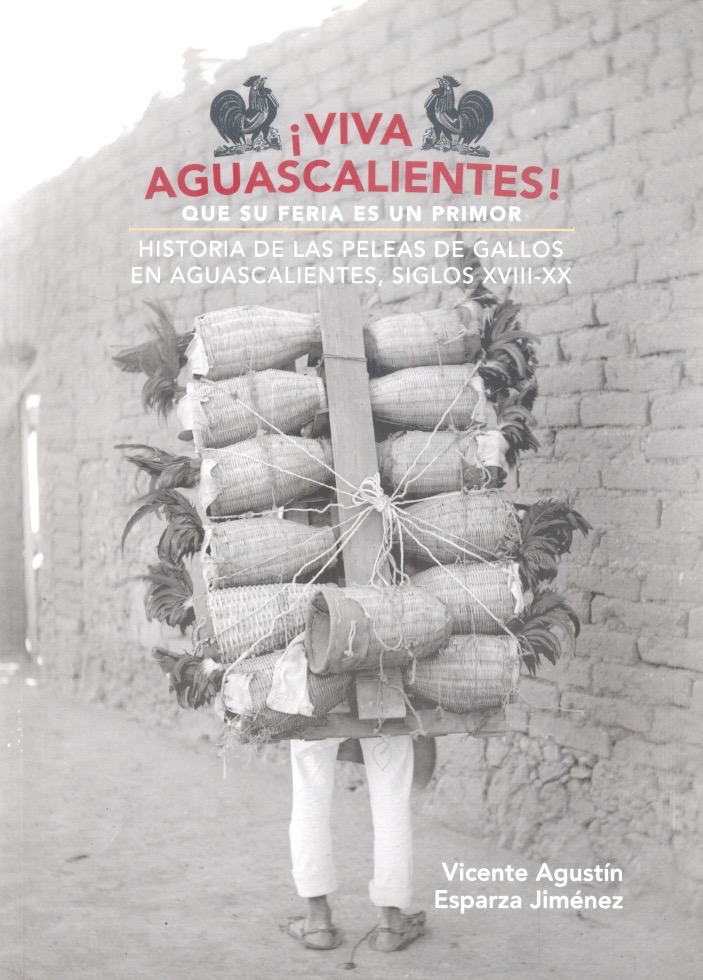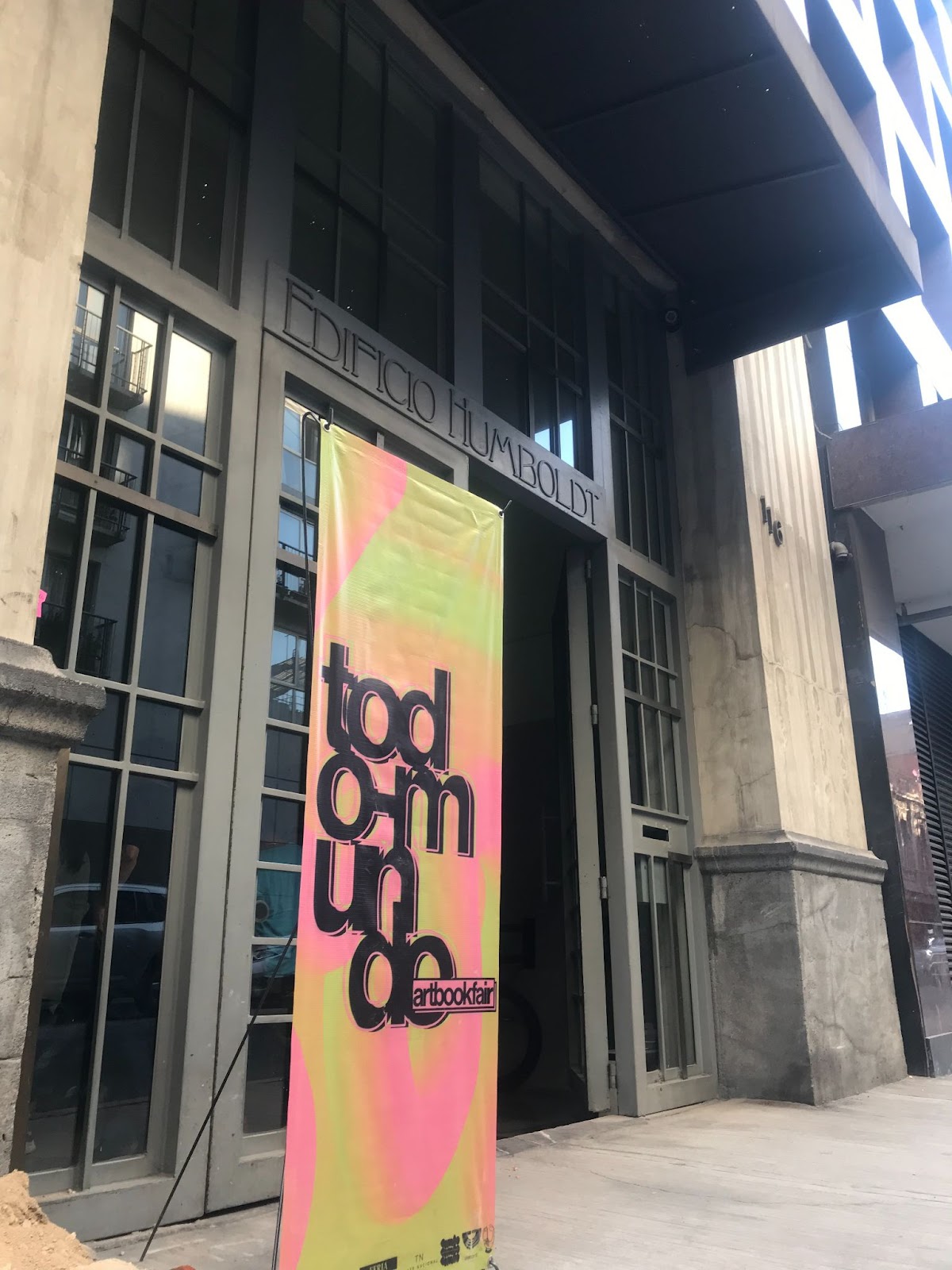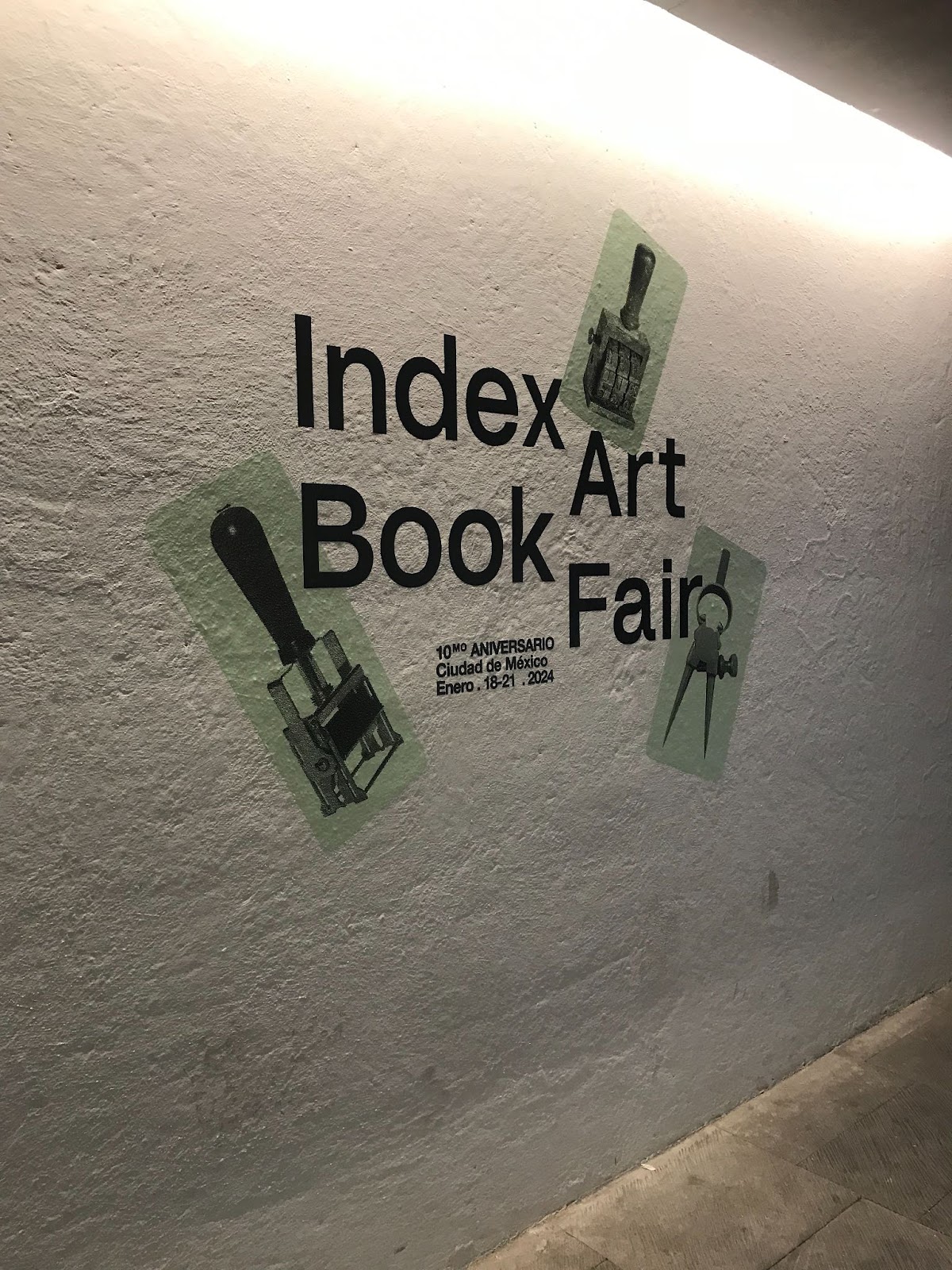At #4129 South 75th Street in the Asturias neighborhood, there was until a few years ago a house known as “The House of the Roosters.” Partly because there was a painting of a rooster on its facade, but mainly because it indicated that there was a workshop for cockfighting knives in that house. The workshop was a family business that my grandfather started in Guadalajara in the 1940s, and which he later brought to Mexico City when he came to live here. In my childhood, it was very common for me to hear the sound of knives being sharpened, to feel the heat when they melted the metal, and to see many men coming in and out, often with roosters in their cages.
“Navajas Aguilar: ‘We’re not the only ones, but we’re the best’,” was not just a phrase; they were so important in the business that, in 1982, Gustavo Alatriste came to my house to film a scene featuring the workshop for his movie “Aquél famoso Remington”. In addition to the people who went to the workshop, they also made many shipments to other states. And every year, as the San Marcos Fair in Aguascalientes approached, the work increased significantly. When I came across the book “¡Viva Aguascalientes! Que su feria es un primor: Historia de las peleas de gallos en Aguascalientes, siglos XVIII-XX,” I was amazed to see so many photographs and excerpts from other literary works in it—such as “El gallo de oro” by Juan Rulfo, “El libro de mis recuerdos” by Antonio García Cubas, or “Niñez y juventud provincianas” by Pedro de Alba—where cockfights were the centerpiece of everything.
The beauty of this book lies in the historical journey it takes, as it is an extensive and detailed research that contains documentary, bibliographic, and newspaper references, but especially because, as stated on the back cover, “it is not a history of the roosters, but of the deeds of the men who have participated directly or indirectly in cockfights”. In this book, we can see some historical images, such as the one where Rodolfo Fierro is tying a knife to a rooster, and next to him are Francisco Villa and Raúl Madero. You can also find images of paintings, watercolors, and drawings by artists such as José Guadalupe Posada, Osvaldo Barra, and Leon Trousset. Its photographic journey indirectly tells the history of Aguascalientes and the progress of Mexican society over 3 centuries, showing how this Fair (and even more so the fights) attracted so many people that it drove the state’s growth.
The conflict of how politically correct cockfighting is does not go unnoticed in this reading, but that was a problem of the last decades. To a large extent, the problem that existed from the beginning arose because the fights involved bets, and regulating them was a conflict for the government. In addition, discussions among bettors frequently arose, necessitating police intervention and, therefore, people’s request for them to be banned. Ultimately, the only thing that has been able to slow them down a bit has been the passage of time and new ideologies. However, they cannot be denied as part of history and cultural heritage.
The now-known National Fair of San Marcos continues to take place every year, and this book is a celebration especially for Aguascalientes. On the other hand, for me, it was a touch on my back to look back, to my childhood, to the house of the roosters. That was my home for a long time, until my grandmother passed away, and my uncles decided to sell it. Many things have changed since then, and one tries to move forward with their life, but from time to time, on the way, we encounter things that make us look back. This book reminded me that we have all belonged to a place at some point.
Inkitt: BbyKevs
Wattpad: @SugoiKevs
TikTok: @bbykevs





